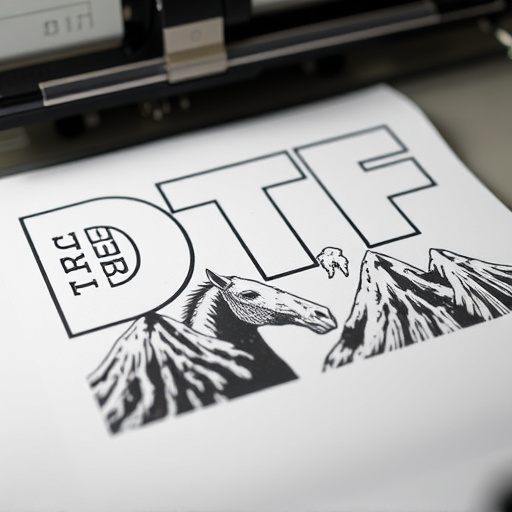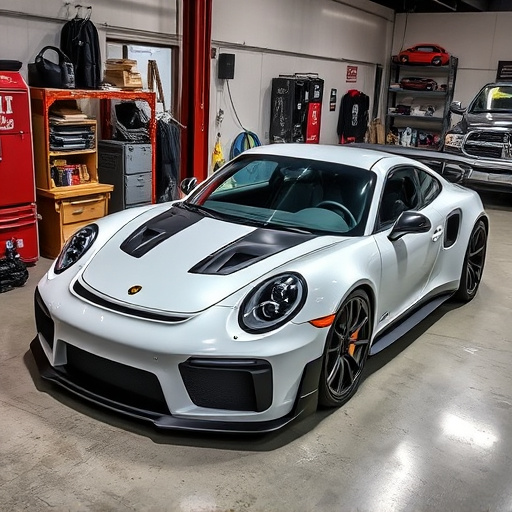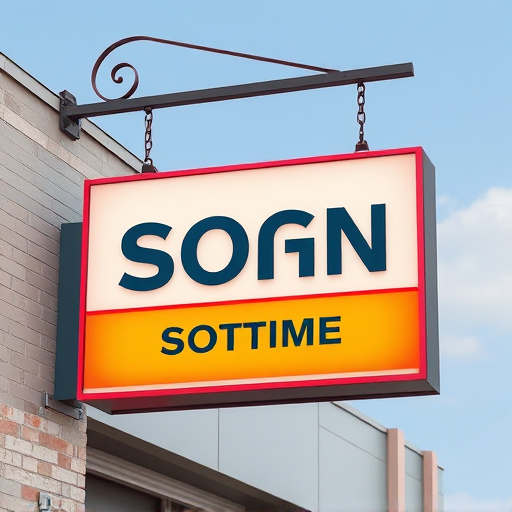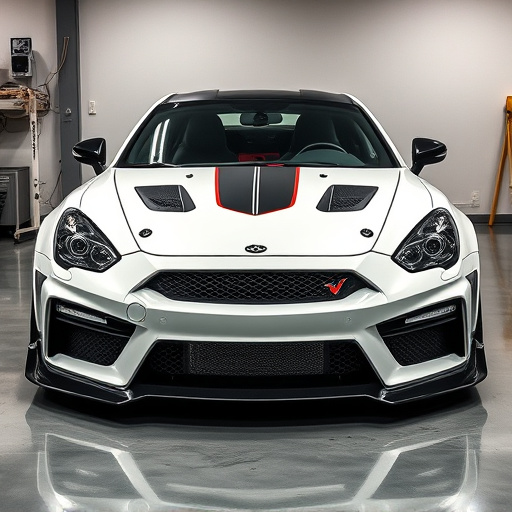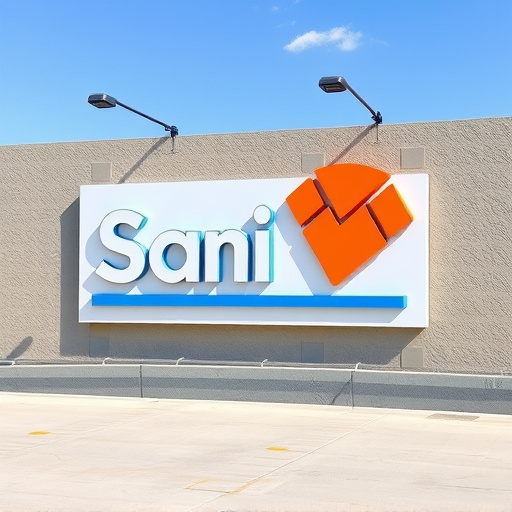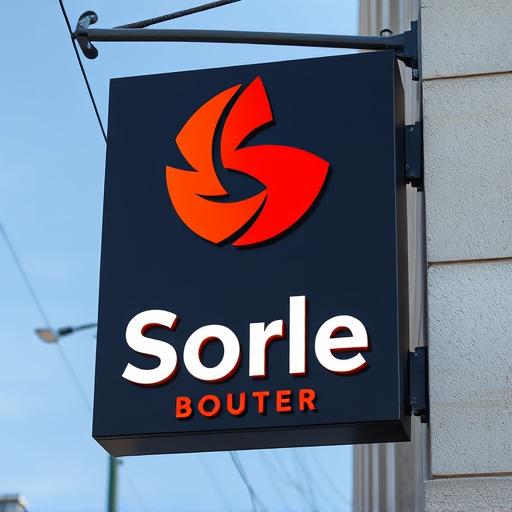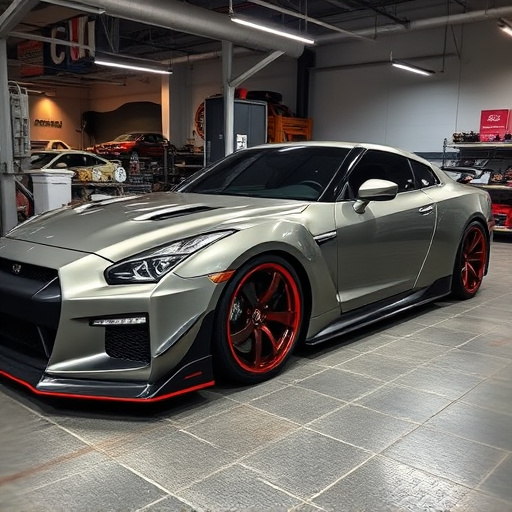Ceramic coating application is a meticulous process focusing on surface preparation and using advanced techniques to apply thin, durable ceramic layers. This method provides superior protection against scratches, stains, and UV damage for automotive finishes, industrial equipment, and home decor. Optimal results require understanding correct application methods, including proper layer thickness and surface cleaning, adhering to manufacturer recommendations for primers and cleaners to ensure secure adhesion and lasting protection.
“Uncover the truth behind common myths surrounding ceramic coating application. Many assume it’s a quick fix, but this innovative protection requires understanding and preparation. This article debunks misconceptions about surface readiness, dispels techniques for optimal results, and clarifies the do’s and don’ts of ceramic coating application. By separating fact from fiction, you’ll learn how to achieve long-lasting, glossy protection for your vehicle or gear.”
- Debunking Common Misconceptions About Ceramic Coating Application
- The Reality of Preparation and Surface Readiness
- Correct Techniques for Achieving Optimal Coating Results
Debunking Common Misconceptions About Ceramic Coating Application

Ceramic coating application has gained immense popularity as a car customization trend, promising enhanced scratch protection and a glossy finish that lasts for years. However, many misconceptions surround this process, leading to confusion among those considering it for their vehicles. It’s essential to separate fact from fiction to make an informed decision. One common myth is that ceramic coatings are one-size-fits-all; the reality is, these coatings are tailored to specific needs. The right formula for your vehicle depends on its paint type, age, and desired finish, be it a deep gloss or a matte look.
Another misconception is that applying ceramic coating is a do-it-yourself task. While some products are user-friendly, professional application ensures optimal results. This meticulous process involves multiple layers, careful preparation of the surface, and precise curing conditions to achieve maximum protection. Automotive detailing experts use specialized equipment to ensure a seamless finish. Debunking these myths can help car owners make informed choices when it comes to ceramic coating application, ultimately deciding if it’s the right choice for their vehicle’s scratch protection and customization needs.
The Reality of Preparation and Surface Readiness
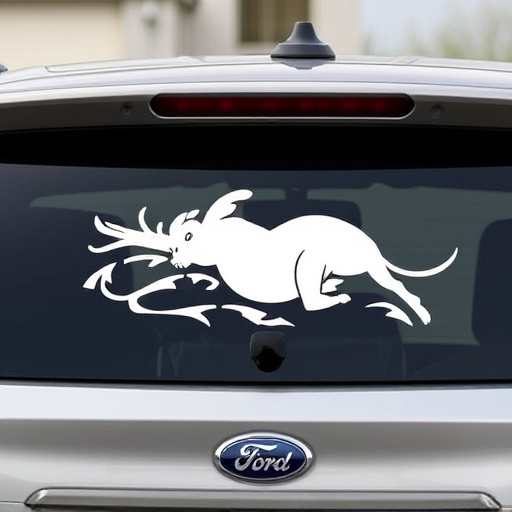
Correct Techniques for Achieving Optimal Coating Results
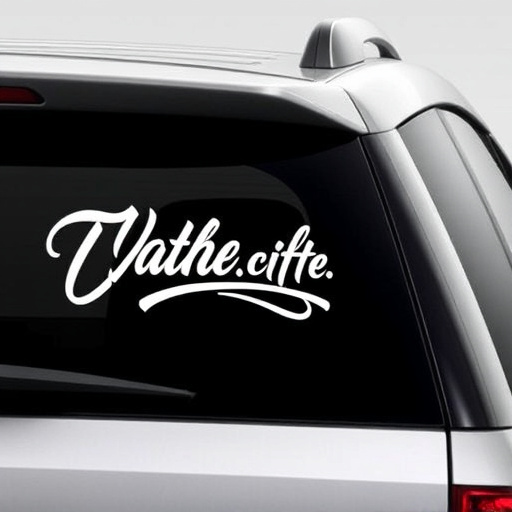
Achieving optimal results from ceramic coating application requires understanding and adhering to correct techniques. Many misconceptions surround this process, leading enthusiasts and professionals alike to question their outcomes. One common myth is that heavier application leads to better protection. However, over-applying ceramic coatings can result in an uneven finish and excessive residue, defeating the purpose of scratch protection and enhanced gloss. The key lies in a meticulous, thin but even layer, ensuring every surface is evenly coated without excess.
Proper preparation is equally vital for successful ceramic coating application. Ignoring the importance of cleaning and decontaminating the surface can lead to poor adhesion and premature wear. Surfaces must be thoroughly washed, dried, and treated with appropriate primers or cleaners recommended by the manufacturer. This ensures that the protective coatings, akin to vinyl wraps, bind securely, providing lasting scratch protection and a glossy finish that complements any vehicle’s tapestry.
In light of the above discussions, it’s clear that understanding the truth behind ceramic coating application myths is paramount for achieving optimal results. Debunking common misconceptions about preparation, surface readiness, and correct techniques empowers users to make informed decisions, ensuring their ceramic coatings stand the test of time. By ignoring these myths and adopting best practices, individuals can take full advantage of ceramic coating application, enhancing durability and aesthetics in various applications.


